By Priya A. ’24, B.S. in Biomedical Sciences student
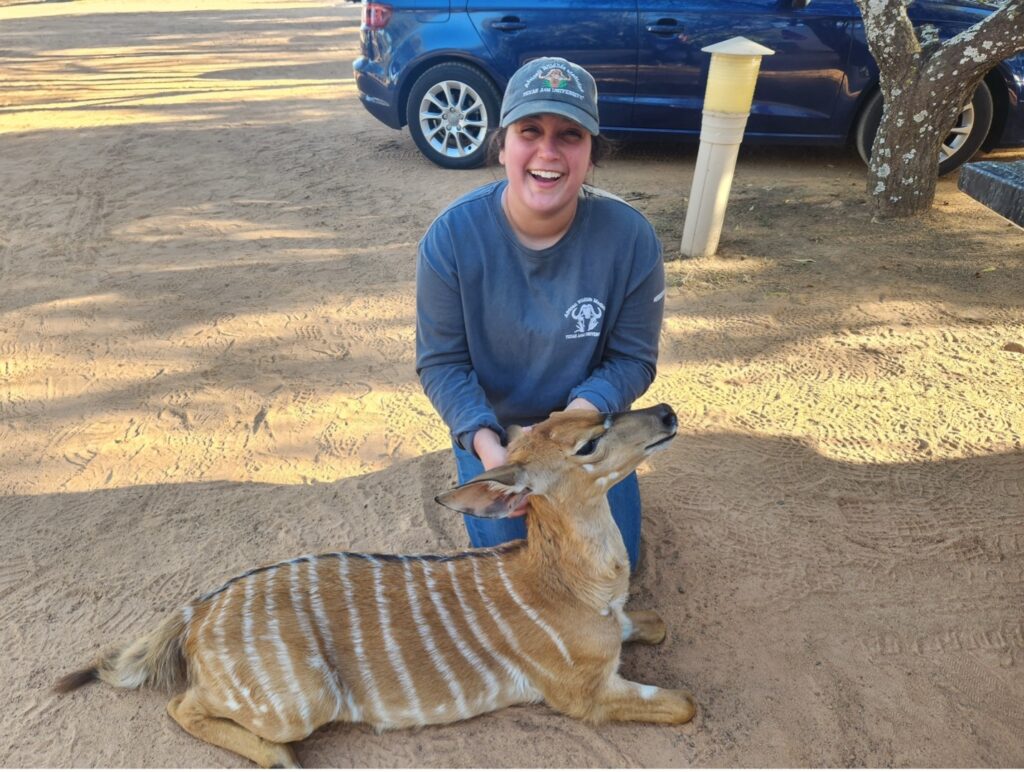
In June 2023, I studied abroad in South Africa for two-and-a-half weeks through the Texas A&M School of Veterinary Medicine & Biomedical Sciences with Dr. James Derr, a professor in the Department of Veterinary Pathobiology. The name of the course was African Wildlife Medicine, and we partnered with South African veterinarians each day to serve their clients. The purpose of the trip was to gain experience working with African wildlife and knowledge in topics that arise with these animals, such as poaching. This course is unique because it includes both undergraduate and Doctor of Veterinary Medicine (DVM) students.
In South Africa, lions, rhinos, cape buffalo, elephants, and leopards are some of the most ecologically and economically important animals. We saw and worked with some of these species, as well as others. There were two days in particular that were my favorite — the days we worked with white rhinos and giraffes.
On our first day, we worked with 11 white rhinos. Some of us rode in a helicopter with a local veterinarian while others took DNA samples, gave sedatives, and microchipped the rhinos, which helps keep track of rhinos since poaching is a major concern in South Africa. We learned how to be a team, which carried us all the way through our two weeks.
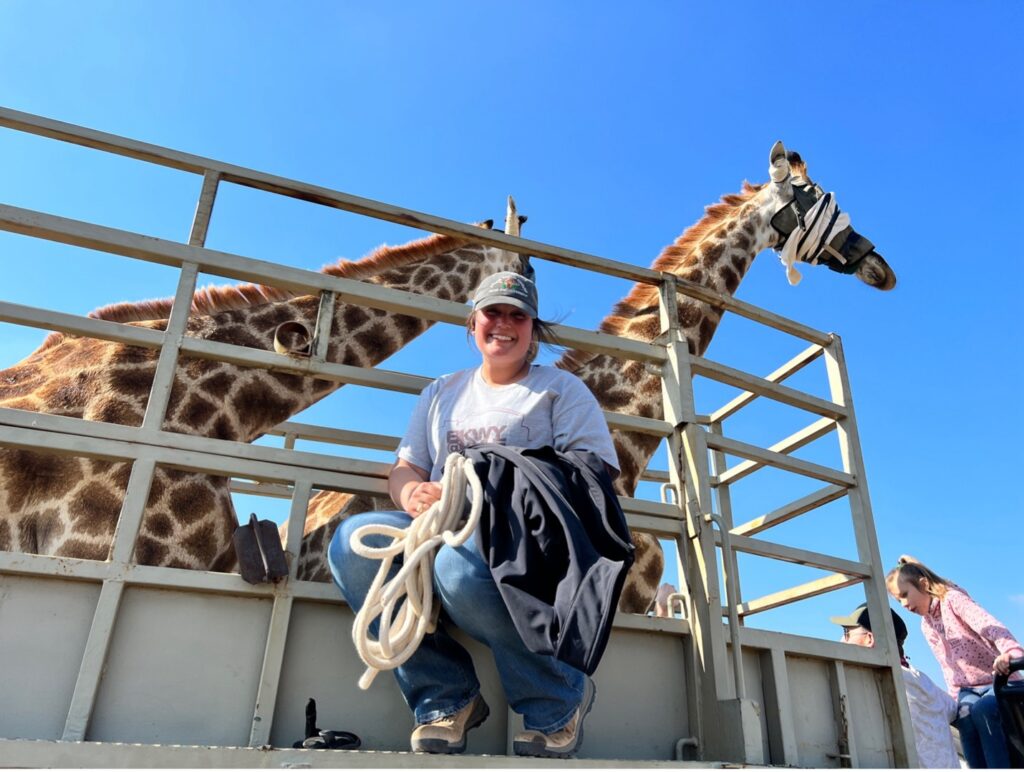
Later in the trip, we captured and transported three giraffes in order to help relocate them safely. This was the most physically exhausting day of the entire trip! Each of us had a particular role to ensure that both the giraffes and our team were safe.
Over the course of our trip, we worked directly with five South African veterinarians and their clients. They challenged us in our critical thinking, clinical, and communication skills. Personally, one of the coolest parts about networking with them was the possibility of getting to return for an externship with them during my fourth year of veterinary school.
As an undergraduate student, I found this experience beneficial and eye-opening as I applied to veterinary school and thought about what type of veterinary medicine I want to pursue. Those of us who were undergrads had opportunities to ask the current DVM students questions and get advice for the application process. If anyone is wanting to get more diverse veterinary experience for their vet school application, I highly recommend applying for this study abroad experience. You never know what new passions might arise!

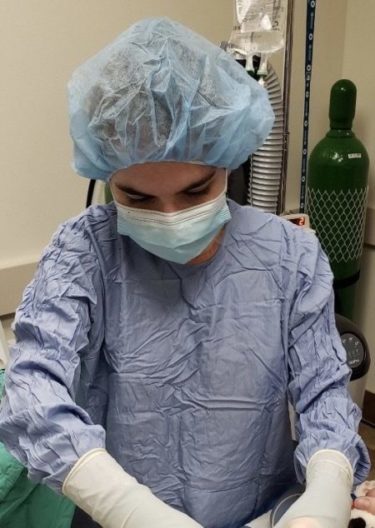 This summer, I was lucky enough to be selected to participate in Banfield Pet Hospital’s Summer Job Program. Back in March, I was assigned to work at a clinic in Houston. The program is designed to be a mix of working as a technician and learning alongside the doctors. While I was initially concerned that the experience would be canceled due to COVID-19, everything continued as planned!
This summer, I was lucky enough to be selected to participate in Banfield Pet Hospital’s Summer Job Program. Back in March, I was assigned to work at a clinic in Houston. The program is designed to be a mix of working as a technician and learning alongside the doctors. While I was initially concerned that the experience would be canceled due to COVID-19, everything continued as planned!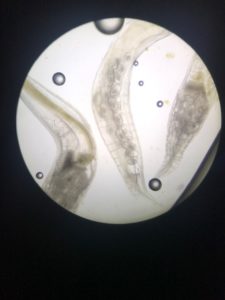 Not only did I perform routine physical exams, but I also got to do orthopedic and neurologic exams. I also became much more confident in interpreting diagnostic tests like fecal exams and ear cytologies. I even got to scrub in on surgeries!
Not only did I perform routine physical exams, but I also got to do orthopedic and neurologic exams. I also became much more confident in interpreting diagnostic tests like fecal exams and ear cytologies. I even got to scrub in on surgeries!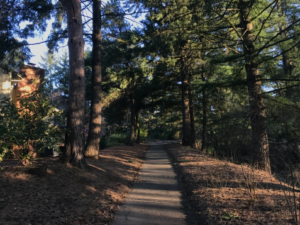 Day-to-day life as a student looks a little bit different for everyone. Many of my classmates, myself included, are in their hometowns to be close (albeit socially distanced!) to loved ones. I am currently living with my partner and his roommate in Oregon.
Day-to-day life as a student looks a little bit different for everyone. Many of my classmates, myself included, are in their hometowns to be close (albeit socially distanced!) to loved ones. I am currently living with my partner and his roommate in Oregon.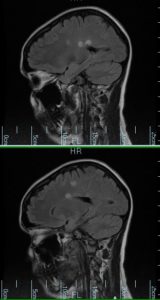 Over Christmas break, I had a migraine and right-sided persistent numbness. I spent four days in the hospital undergoing MRI’s, CT scans, and a spinal tap until my diligent doctors concluded that I
Over Christmas break, I had a migraine and right-sided persistent numbness. I spent four days in the hospital undergoing MRI’s, CT scans, and a spinal tap until my diligent doctors concluded that I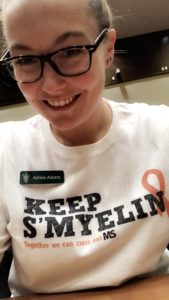
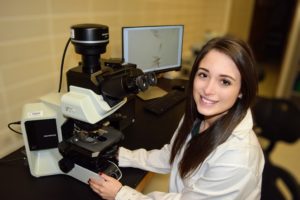 Since crested geckos are relatively new to the pet trade, it was understandable that not much data had been collected on them. However, I wasn’t satisfied with the little information I found, and as any good researcher would have it, I decided to conduct my own study to improve our medical understanding of the species.
Since crested geckos are relatively new to the pet trade, it was understandable that not much data had been collected on them. However, I wasn’t satisfied with the little information I found, and as any good researcher would have it, I decided to conduct my own study to improve our medical understanding of the species.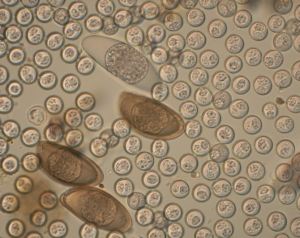
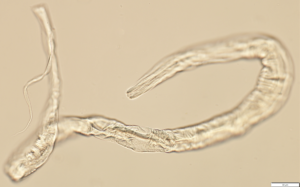
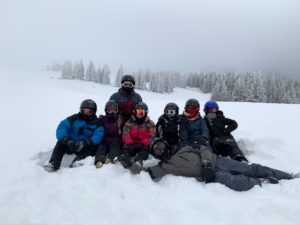
 less special.
less special.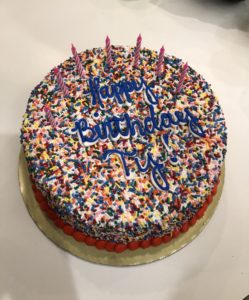 out with each other.
out with each other.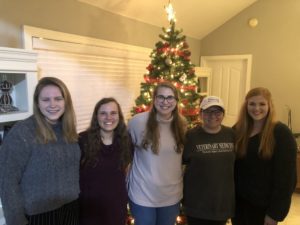
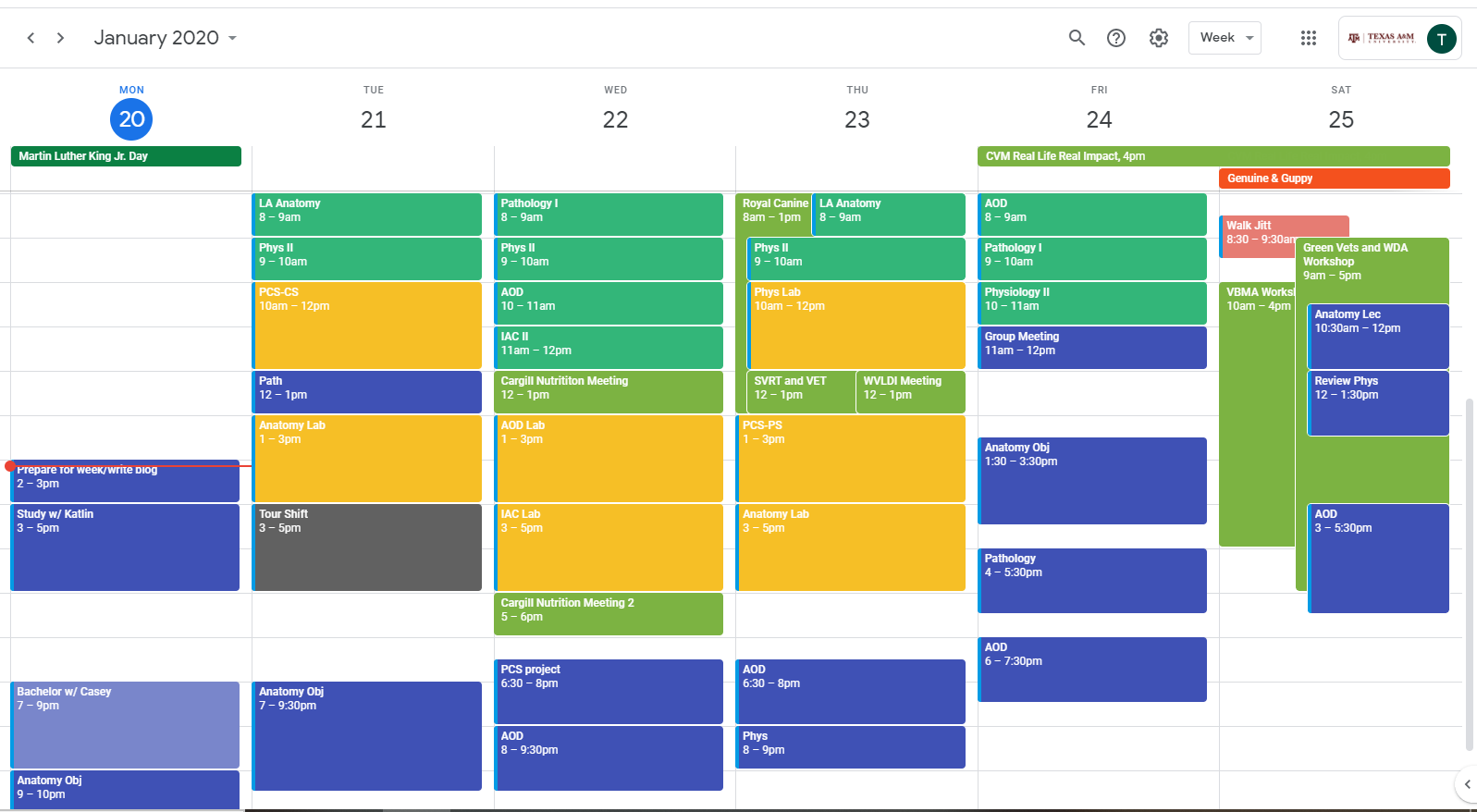
 Sadly, however, it all melted, so there was no white Christmas for me, but on the bright side, I did get to see how pretty everything looked covered in snow without really having to drive through it. I know this may seem a bit foreign to some Texans, but up north when it snows, the salt trucks hit the road as it starts sticking and it’s only really an issue if the snow is continuous…sometimes. Luckily, they were on point when I was home.
Sadly, however, it all melted, so there was no white Christmas for me, but on the bright side, I did get to see how pretty everything looked covered in snow without really having to drive through it. I know this may seem a bit foreign to some Texans, but up north when it snows, the salt trucks hit the road as it starts sticking and it’s only really an issue if the snow is continuous…sometimes. Luckily, they were on point when I was home.